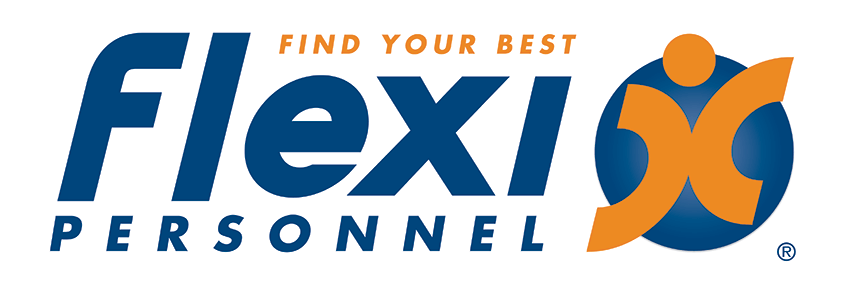How to decide on where to invest in high potential employees
Creating high potential employees is one of the best long-term investments your company can make. McKinsey & Co. states that companies that focus on developing leaders throughout the journey are 2.4 times more likely to attain their company goals.
Want to find out how they do it? Here are starter tips on how to make smart investments to create high potential employees.
Invest money into high potential employees
Training employees has a material cost, so you want to make sure that your human resources policies are worthwhile.
Building high potential employees requires a high level of sustained investment.
McKinsey and Co. did a recent study in which they found a vast majority of companies acknowledged that they need to invest more in employee learning programs. In fact, 60 per cent of the study's respondents said they planned to increase their learning-and-development spending.
More companies are catching onto the idea that building high potential employees requires a high level of sustained investment.
Make sure your investments are in line with your company strategy
Boston Consulting Group first recommends having a crystal clear understanding of the company strategy. The strategy will determine demand for employees and thus what kinds of employee development programs you invest in.
For instance, Han Qing, a CEO at a Chinese company called Fortune Land Development Company (CFLD), found that investment in digital technologies was worth it because they are hiring more millennials. Qing says that millennials "are used to mobile phones and PCs. And they demand more digital learning."
So, if you're a company like CFLD trying to attract more tech-savvy millennials as high potential employees, digital employee development programs could be the ideal option for your company.

Furthermore, you must tailor the length of time your employee development programs dependent on who you're training. This is proactive HR consulting that anticipates differences in employees. Deloitte states that a new leader usually takes 18 months before they feel fully competent in their new role. However, for a mid-level leader, it could take 24 to 36 months. Designing the length of the training programs must therefore also be in line with what employees you are looking to develop.
The days of a standardised process of creating better employees are over. The key is to let your specific company strategy guide you on recognising who your high-potential employees are. Contact Flexi Personnel's HR consultants today to find out what employee development investments your company should be making.





